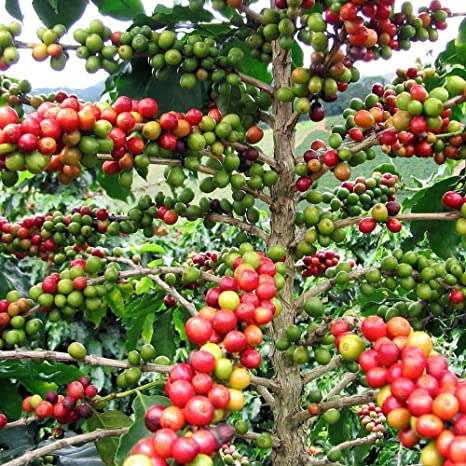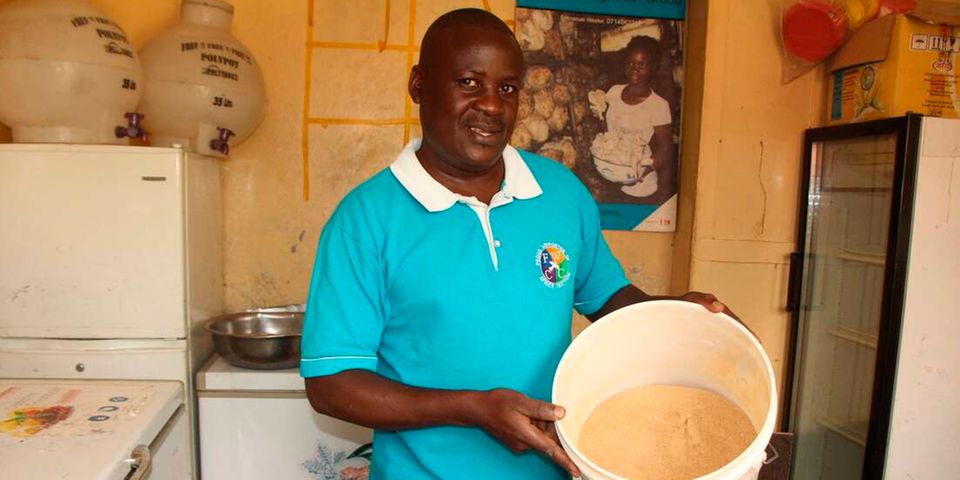Coffee — the most loved hot drink in the world — is so popular it is common to hear its lovers make comments like “I do not talk to people in the morning until I have my first cup of coffee.” Or better still “Let’s have that meeting over coffee.”
Locally, Kenya is known to have the best coffee, because of its strong taste and alluring aroma. Today being International Coffee Day, I will share unique insights about coffee growing and pest management.
First, coffee grading is done based on size, shape, colour and density. Grading is done before roasting.
According to Kenyatrade.org, bigger coffee beans are rated as higher in quality because they naturally contain more essential oils that enhance the aroma and taste of the coffee.
Kenya coffee is graded into Kenya E, Kenya PB, Kenya AA, Kenya AB, Kenya C, Kenya TT, Kenya T and Kenya MH/ML.
Over the years, so many folk stories have been told about the discovery of coffee, one being that an Ethiopian goat-herder known as Kaldi noticed that his goats started behaving strangely after eating the dark green shrubbery with yellow and red berries.
He would take the seeds to a monk who would throw them in the fire. The aroma would attract the monk and he would mix it with water and make the first cup of coffee, that would keep him awake the during the night prayers.
Fast forward to the 21st Century, farmers have had their fair share of profits and losses and one of the main challenges they face is coffee diseases. The most common ones in Kenya being; coffee leaf rust, coffee wilt disease, and coffee berry disease.
There are chemical and organic ways to control and prevent the diseases and pests.
Felix Mwangala Jomo an agronomist says for one to get a healthy crop with no pests and diseases, proper nutrition and practising control measures like pruning the coffee bushes and weeding are key.
“For a healthy crop, farmers must embrace good agronomical practices and cut on unnecessary or wasteful spraying that does more harm than good,” he says.
He shares tips and tricks on how to control and prevent common coffee pests and diseases.
Rusts, coffee berry diseases and root rots can be prevented through proper aeration of the crop by pruning and application of fungicides like triazoles, famoxadone and Cymoxanils.
Weed control and management
When the trees bushes have matured, remove the branches at the bottom of the trunk. Leave only the thickest and best branches on the trunk.
“Cut away all the small branches that grow on the trunk. Cut away all the dead and dry branches, and all diseased branches. The pruning tool must be sterilised from plant to plant to avoid spread of diseases,” says Jomo.
According to Jomo, common weeds that target coffee are pig weed, blackjack, gallant soldier Mexican marigold, wandering jew, nut grass, love grass, couch grass and star grass.
You can also use shade trees to reduce weed growth. When the leaves fall from the trees, they form natural mulch cover which is effective in inhibiting weeds growth.
Polycropping
Companion crops such as beans inhibit weed growth when planted between coffee rows in initial growth. You can also do dead mulching which is spreading crop waste such as beans, maize, grass cuttings, and herbaceous plant material over the soil to inhibit weed growth.
Manual weed control should be practiced in the first two years. The concentration should be on total weed removal in the coffee drip zone between rows. It achieves good control over weeds and material removed decays and becomes compost.
Chemical control with herbicides is better compared to manual weeding because of its speed and effectiveness. Herbicides should be applied when targeted weeds are small.




